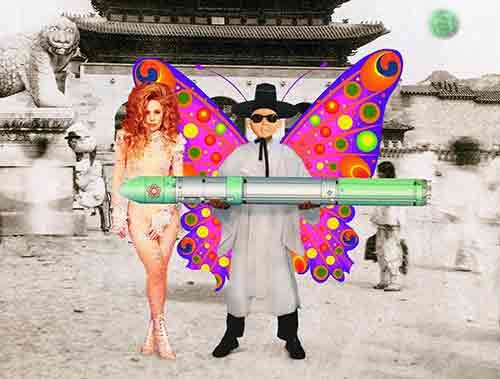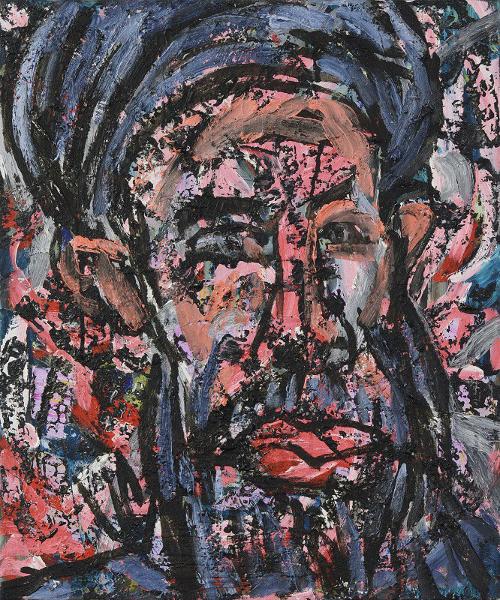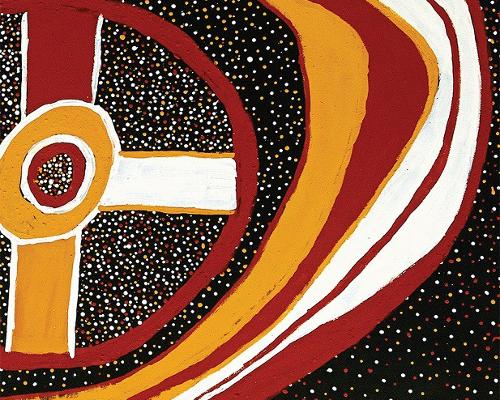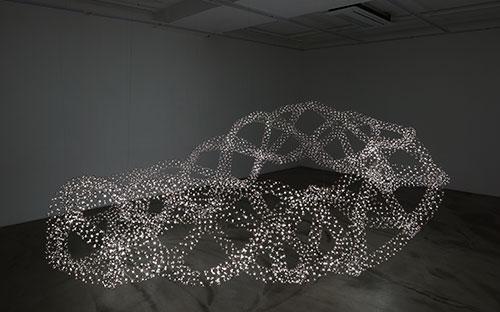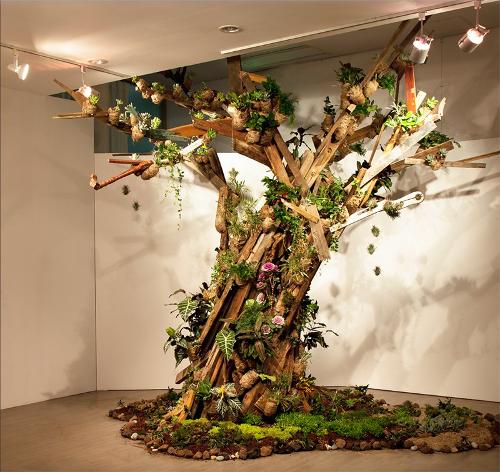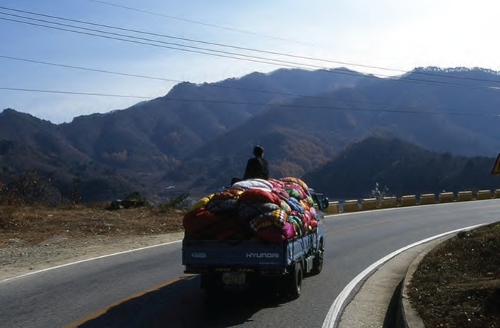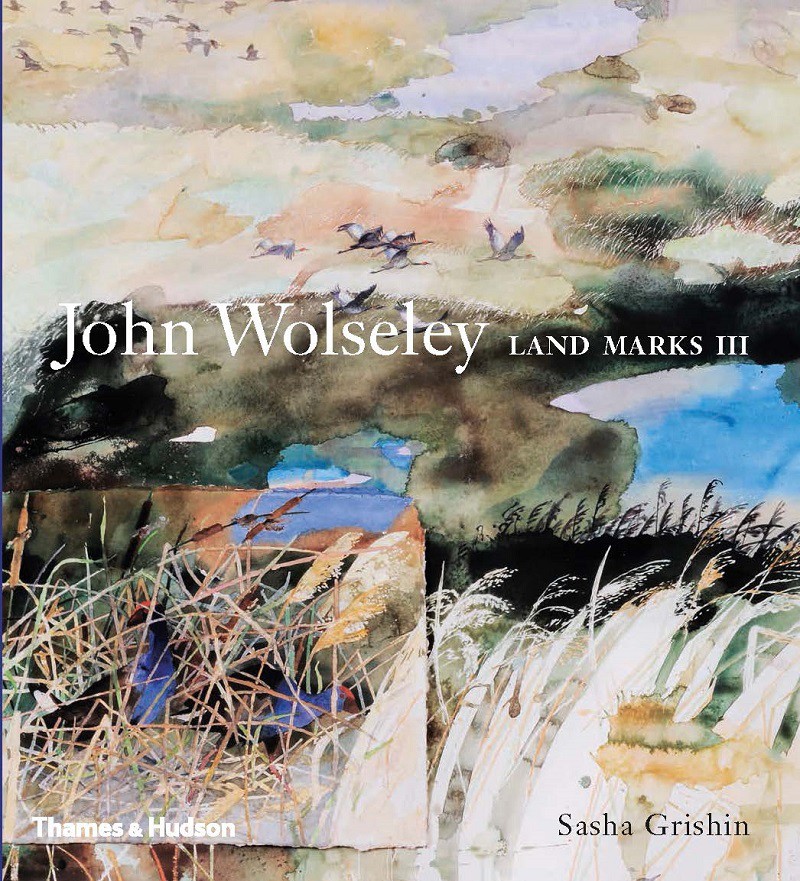
Since arriving in Australia in 1976 at the age of 38 John Wolseley has been busy, making art and camping out in more remote places than most whitefellas in their dreams. Landmarks III is the third iteration of this book by art historian Sasha Grishin. Landmarks I was published in 1998, Landmarks II in 2006. A separate ook published on the occasion of Wolseley's 2015 NGV exhibition Heartlands and Headwaters was reprinted almost immediately and sold out twice. This popularity relates both to the accessibility of the artwork and its relevance in commenting upon Australia’s geological, zoological, ornithological, botanical and ecological past, present and future through Wolseley’s research and firsthand recordings. His work draws together the always-evolving knowledge base of science with the unpredictable power of art to demonstrate correspondences and induce reverie.
Wolseley is a showman as well as an artist. I recall seeing him opening the second Palimpsest in Mildura in 1999, wrestling dramatically with a charcoal drawing on a giant piece of paper thus making art do work as a tool for entertainment and education as well as humour. Wolseley also writes in his sketchbooks and journals and the many excerpts from them about his reading, observations and experiences in Landmarks III form a solid reflective strata complemented by Grishin’s detailed historical context and response to the art.
In "The Gippsland wallpapers" chapter Grishin describe the evolution of Wolseley’s work from tight, pretty rather “English” art to a looser embrace of more accidental effects. Staying in an abandoned house in the bush, Wolseley got interested in drawing on the aged wallpaper around his works hung on the walls and so the art left the rectangle and the frame behind. This shift led in the long term to the introduction of collaborative art made by trees, bushes and lichen through frottage, wind, soaking and staining. It is a moving and living story as Wolseley’s work continues to develop over time and place.


